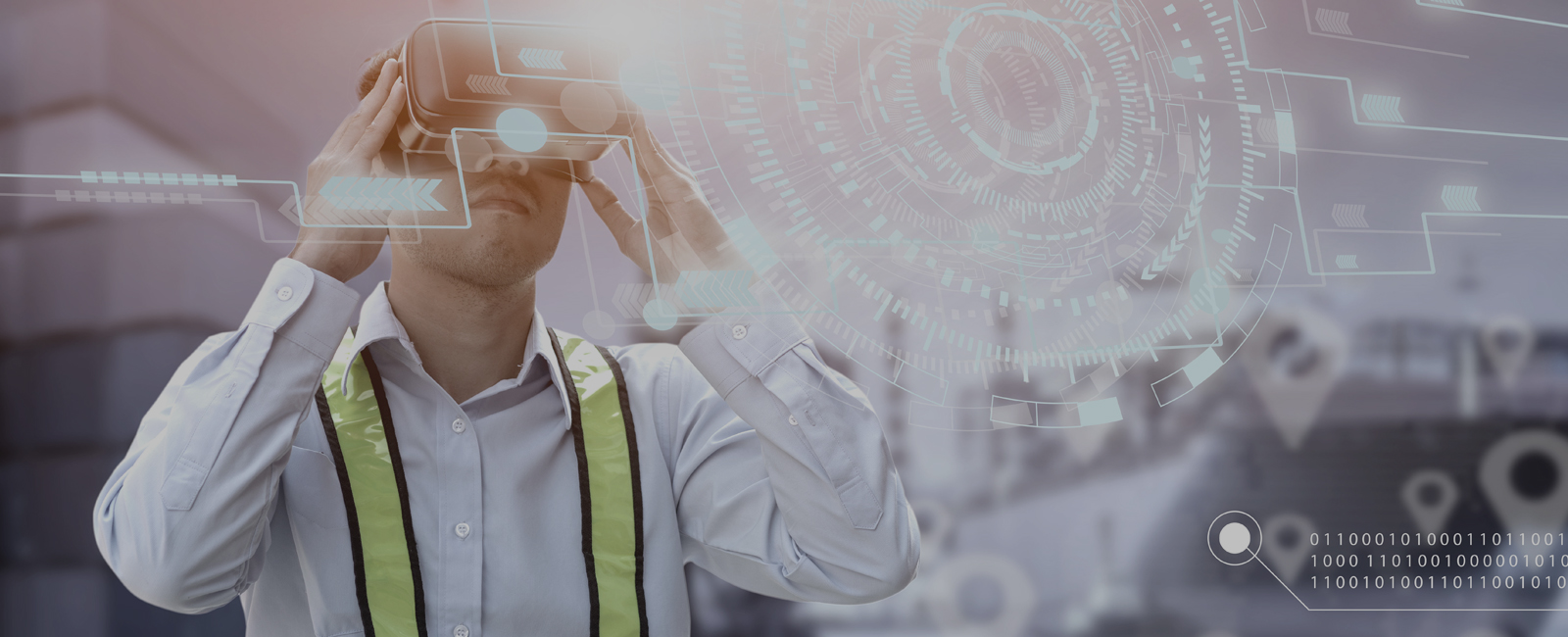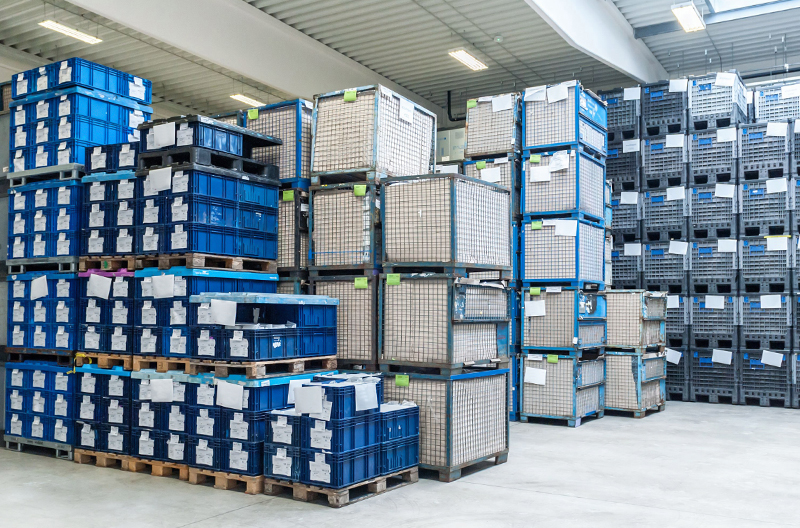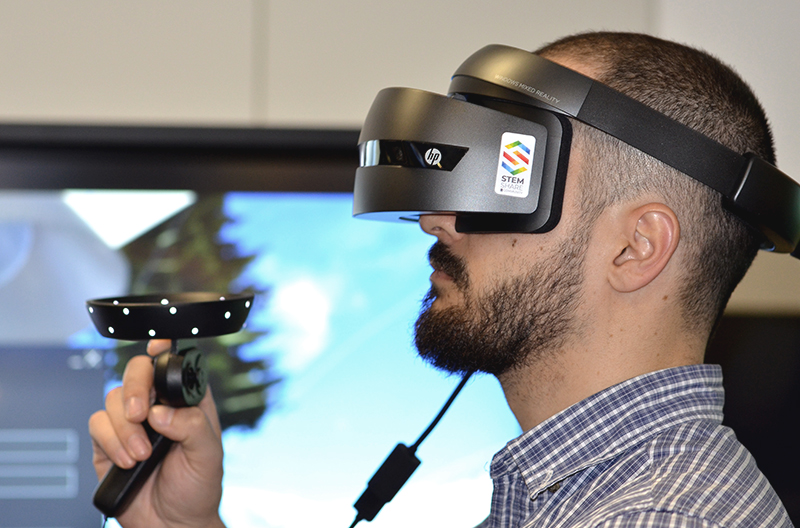The solution
After the definition of the premises, different 3D concept variants were developed for our client. These were presented in the concept meetings and, if necessary, comments from the stakeholders were simultaneously adapted in the event. In this way, unnecessary concept loops could be avoided and the design approval from milestone 1 (MS1) could be achieved directly during the appointment.
When MS1 of the container development was reached, the design with all details of the future load carrier in 3D and 2D was started. If required, the detailed design was physically transferred from steel into a prototype and presented on site. The acceptance meeting with all stakeholders was supported by a mobile app. In this way, all issues were documented digitally and then distributed directly to the group of participants. A constructive and physical adaptation could be implemented directly and thus the achievement of milestone 2 (MS2) could be ensured.







